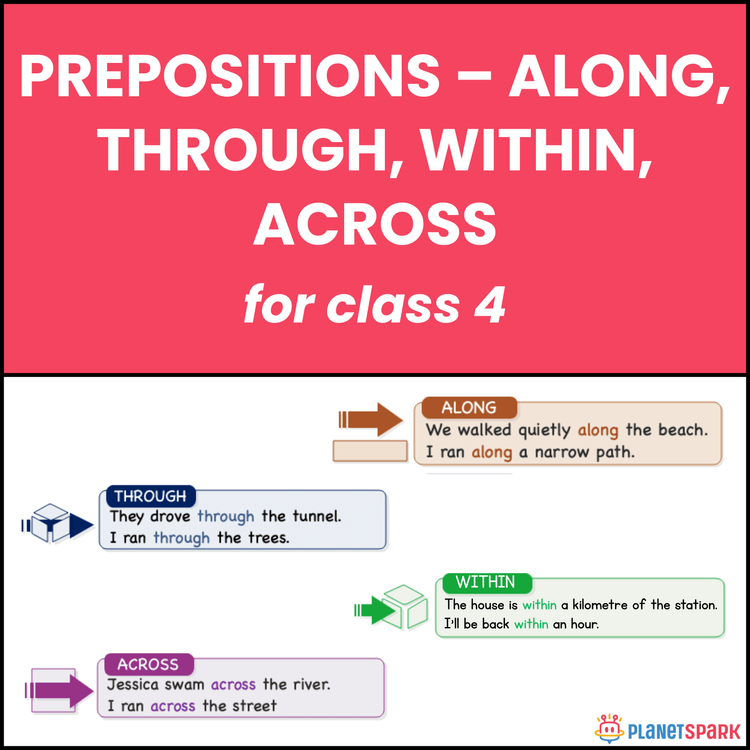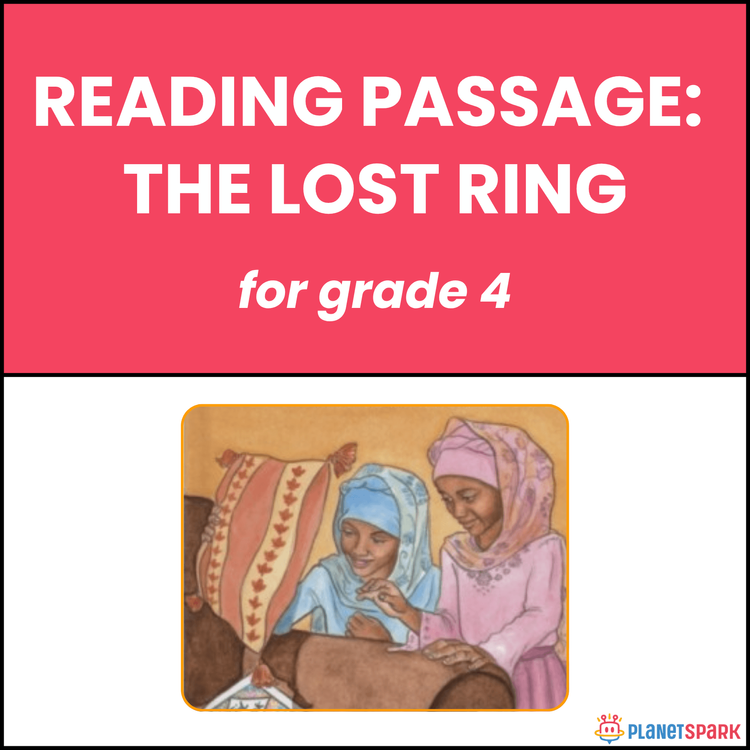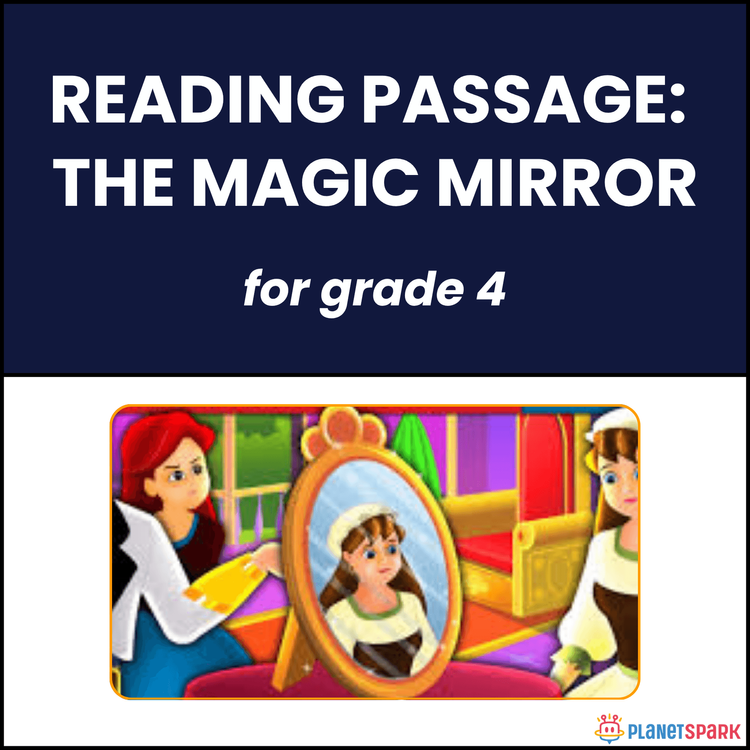Class 4 Reading Passage on The Two Goats Story


Class 4 Reading Passage on The Two Goats Story
Bridging Wisdom: Reading Comprehension for Class 4
This lively Class 4 reading comprehension worksheet, “The Two Goats,” teaches children the importance of cooperation, patience, and problem-solving through a fun fable. Set near Valley View School, it tells the story of two goats—Chotu and Motu—who meet on a narrow bridge and refuse to let each other pass. Their stubbornness leads to an unexpected fall that helps them (and the readers) realize how teamwork is wiser than conflict.
Why Reading Comprehension Matters in Grammar?
1. It strengthens sentence understanding, cause-effect recognition, and sequencing skills.
2. It helps children grasp emotions and motivations behind actions through contextual reading.
3. It builds vocabulary and clarity in communication by connecting words with moral lessons.
4. It encourages empathy, reflection, and logical reasoning through relatable stories.
What’s Inside This Worksheet?
This worksheet blends factual understanding with moral learning through structured exercises:
🧠 Exercise 1 – Multiple Choice Questions
Students identify facts such as where the goats met, why they fought, and what happened as a result.
✏️ Exercise 2 – Text-based Questions
Learners quote the goats’ words and actions directly from the passage to practice accurate recall and evidence-based writing.
📚 Exercise 3 – Higher Order Thinking Questions
Encourages deeper reflection on cooperation, problem-solving, and how stubbornness affects relationships.
✅ Answer Key (For Parents & Educators)
Exercise 1 – Choose the Correct Option
1. d) In the middle of a narrow wooden bridge
2. b) Neither was willing to give way and both claimed they came first
3. c) The bridge cracked and both fell into the stream
Exercise 2 – Answer the Following
1. Chotu stamped his foot and said, “Move back! I came first!”
2. The goats realized that “stubbornness and fighting lead to trouble, while cooperation and patience help everyone succeed.”
3. As they fought harder, “the old bridge started shaking. Suddenly, the wooden planks cracked,” and both goats fell into the stream.
Exercise 3 – Think and Connect
1. Stubbornness caused problems because both goats refused to compromise, leading them to fall into the cold water.
2. The school children’s comment taught that cooperation prevents conflict—taking turns helps everyone succeed.
3. I would have stepped back politely to let the other goat cross first, avoiding the fight.
4. The word “stubborn” means refusing to change your mind or actions. OR New title: “How Stubbornness Led to Trouble.”
Encourage your child to learn how patience and teamwork can build stronger bridges—both in stories and in life!
🔖Book a free trial!
Frequently Asked Questions
They illustrate compromise importance, demonstrate how stubbornness causes problems, and teach collaborative solution-finding through practical examples.
They use simple scenarios to convey complex cooperation lessons, helping children visualize consequences of refusing teamwork.
It develops problem-solving awareness, teaches flexibility value, and shows children how working together benefits everyone involved.




